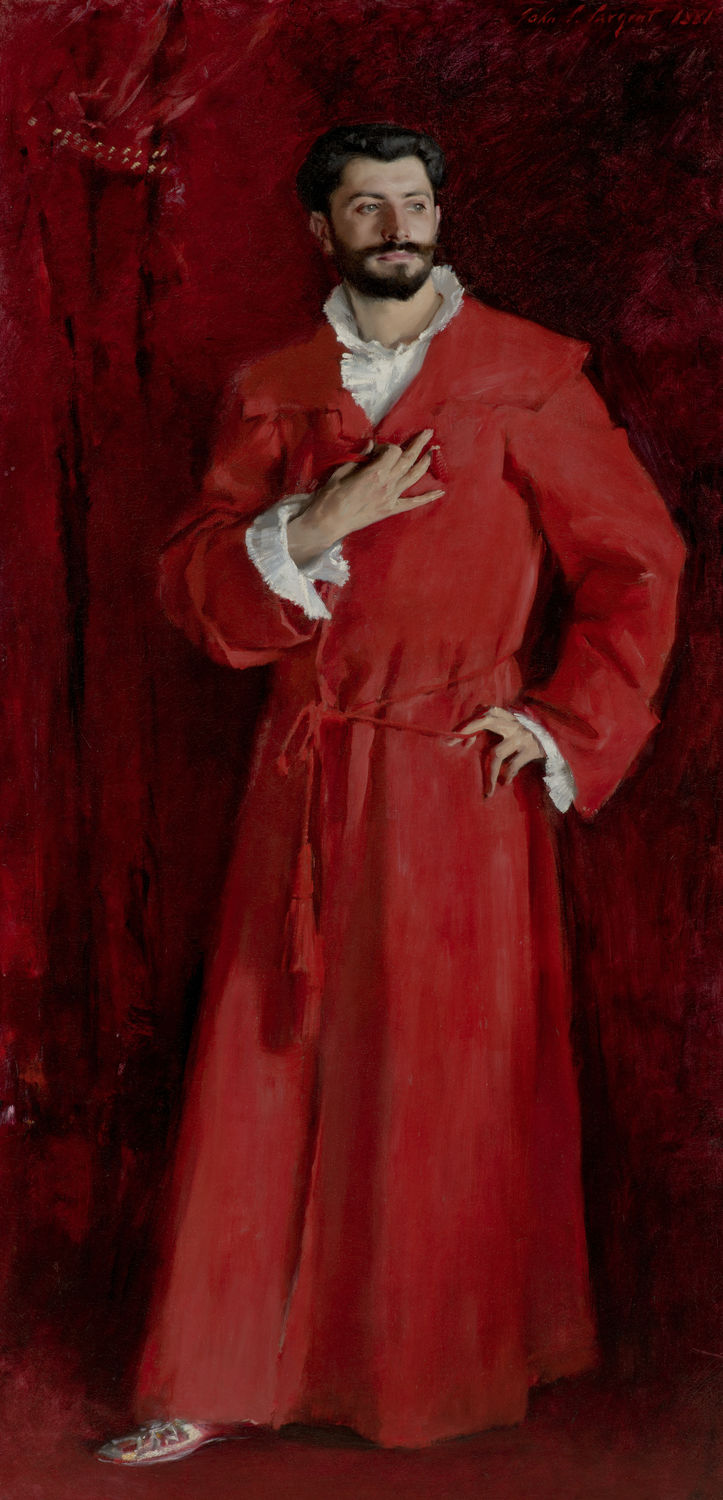Creating a Space Where Ideas Can Be Expressed: Leading Online Tours for Members of the Alzheimer’s Association
I first began leading online conversations about works of art for Southland Alzheimer’s Association members in the early days of the COVID-19 pandemic. I and my fellow student educator Chloe Landis had been preparing to host a group of members from the Southland chapter of the Association, which serves people with early stage Alzheimer's and their caregivers, for a series of in-person tours when the COVID-19 pandemic began. The year 2020 would have been the Hammer Academic Programs department's second year of offering tours to the association. However, as the pandemic hit and the Hammer closed to the public, we had to figure out how to move these conversations online. For me, the shift to online touring stripped away much of the confidence I had built over two years working as a student educator. The Hammer offers conversational tours: as a guide, I do not hold all the information. Rather, I am a facilitator, encouraging tour participants to share thoughts with one another and collectively build an interpretation of the works we view. However, so much of my ability to create the kind of collaborative space that a conversational tour requires to thrive came from being in the same physical space as the people I was touring. Making eye contact, reading body language, moving through a space together, were essential, I thought, to getting people to open up and share their thoughts about art. Could those things be recreated over the internet? In my UCLA Zoom classes, everyone was hidden behind a turned-off camera, and no one talked. Would the same be true of my tours with the Alzheimer’s Association?
Luckily, no. I logged on to my first tour with the Alzheimer’s Association to a sizable group of seniors who had already joined, cameras on and ready to look at art. On our first tour, Chloe and I paired two works from the Armand Hammer Collection: John Singer-Sargent’s Dr. Pozzi at Home (1881) and Van Gogh’s The Sower (ca. 1888). Our conversation with the Alzheimer’s Association centered around the two artists’ deployment of color and pose, and the difference between the almost psychedelic greens, yellows, and purples of The Sower, and the luscious red tones and lothario posture of Dr. Pozzi. The two works, for my money the most fun in the collection, went over well with the members of the Alzheimer’s Association.

The turnout and support for the first tour was so strong that we moved to a biweekly touring schedule. We quickly became familiar faces to each other. This element of familiarity was new to me: I was used to introducing myself at the beginning of every tour and ending each tour expecting to never see the visitors again. Once members of the Alzheimer’s Association were returning for every tour, I could skip my introductions and get right to talking with them about the works we were viewing. Our conversations, in turn, became deeper and more open. The more I was able to affirm the insights of the visitors, the more they would share. The folks attending our Alzheimer’s Association tours all had incredible and refreshing ways of approaching the works we toured.
I began to be more adventurous in my selections, moving from the well-canonized Armand Hammer Collection works to more challenging works from the Hammer Contemporary Collection, like Analia Saban’s hilarious hybrid painting-sculpture Fitted Bed Sheet (2011). I showed works I knew very little about, or could barely wrap my head around; obscure prints from the Grunwald center, or Ilene Judy Segalove’s intricate (but, as the Alzheimer's Association members helped me see, rewarding) photo-conceptual pieces. As we viewed these more complex works, the members of the Alzheimer’s Association often told me, “I would’ve just walked by this if I saw it in the museum. But now I can really appreciate it.” Yet they were the ones who were building an understanding of the work, and the appreciation was all mine—all I did was provide the context for them to sit with the work, to not move past it and instead contemplate it.
Collectively, we had created a space where ideas could be expressed, and we all benefitted. I truly learned more from discussing the works with the Alzheimer’s Association than I did researching the works beforehand. I am certainly not the only student educator who has toured with the Alzheimer’s Association, and my co-educators and I have all remarked upon the unique insightfulness and adventurousness of the group. This speaks to the strength of the connection between the Alzheimer’s Association and the Hammer. We at the Hammer provide the members of the group a welcoming space to be together in a scary and uncertain time. In turn, the Alzheimer’s Association has allowed me to reach the place I strive for on every tour, a true decentering of myself as a tour guide, the opening up of a space where the meaning of an artwork is found collaboratively.





